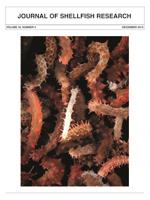The exploitation of bivalves is an ancient activity in Portugal, with social, economic and cultural importance. The exploitation of shellfish is largely dependent on the capture and production of molluscs. Bivalves have a relevant impact on both the harvesting and production sectors. In the production sector, bivalves are suitably represented, but the higher incomes are obtained mostly from captures. Clams and cockles are the main harvested bivalves, whereas clams and oysters were the most produced. Produced or captured bivalves (live, fresh, frozen, or canned) are targeted mainly to the national market whereas Japanese oysters are entirely exported and mussels are channeled for both markets. Exploitation of bivalves has shown important progress; however, there is still considerable potential for expansion of this sector in Portugal. New strategies to overcome constraints in this activity are urgently needed—namely, (1) improving communication among stakeholders, (2) encouraging the organization of the sector, and (3) adding value to the product by creating new market opportunities.
How to translate text using browser tools
1 December 2013
Bivalve Harvesting and Production in Portugal: An Overview
Jacinta Oliveira,
Fernanda Castilho,
ÂNgela Cunha,
Mário Jorge Pereira
ACCESS THE FULL ARTICLE
<
Previous Article
|

Journal of Shellfish Research
Vol. 32 • No. 3
December 2013
Vol. 32 • No. 3
December 2013
bivalve production
Portugal
shellfish economy
shellfish quality
shellfisheries




